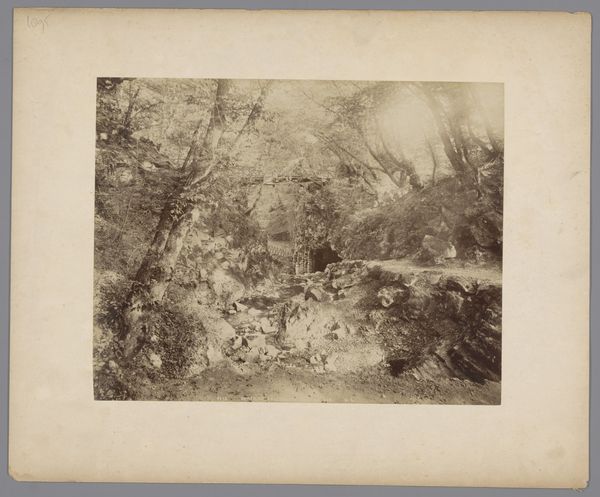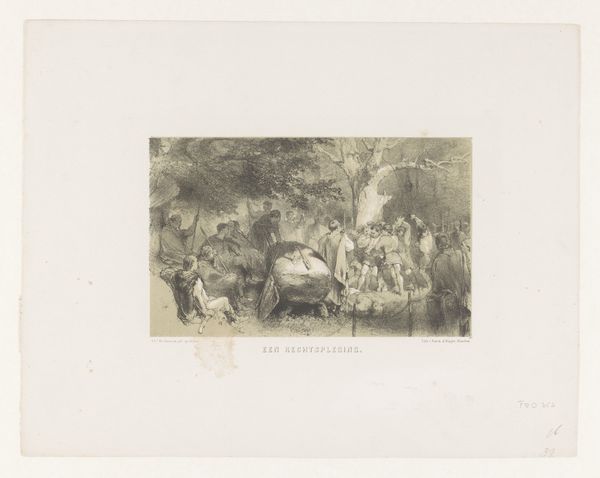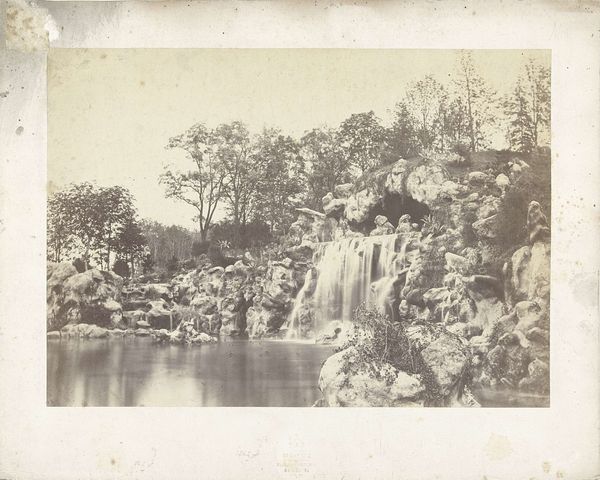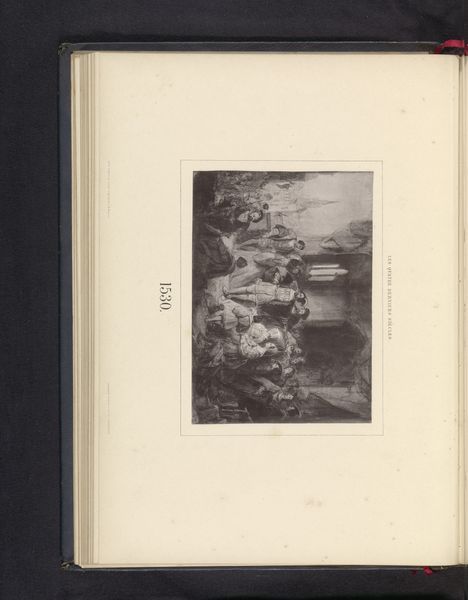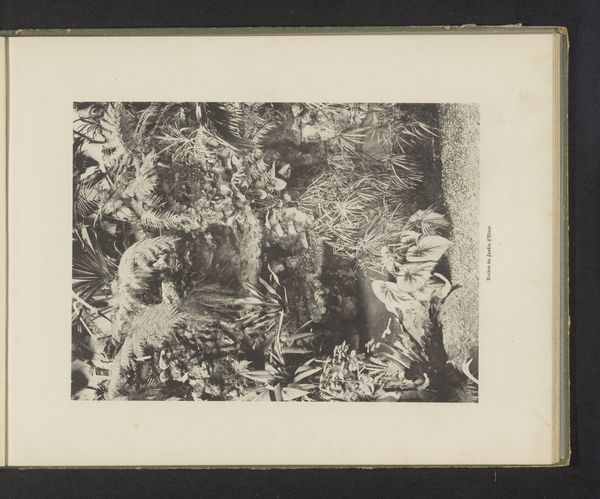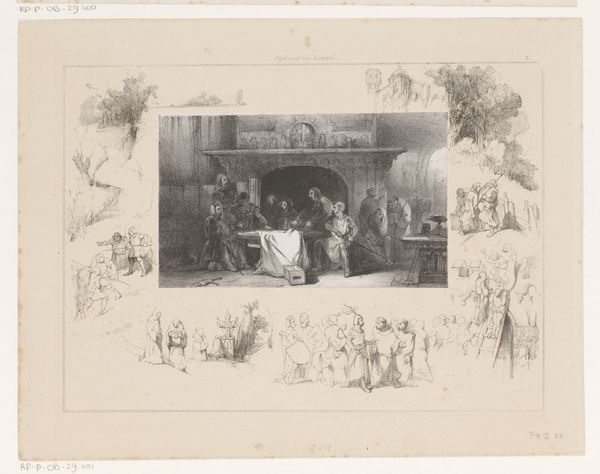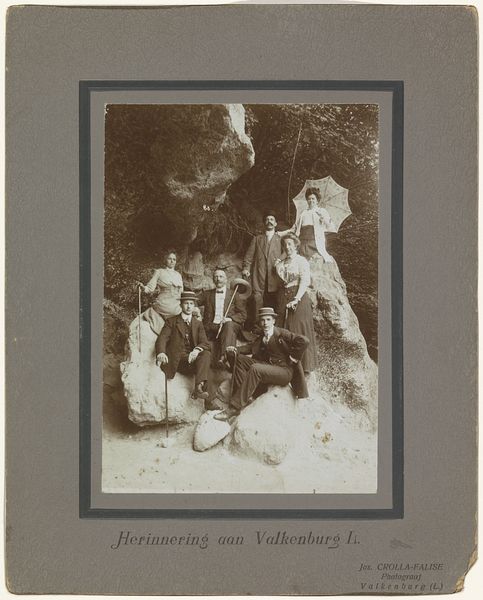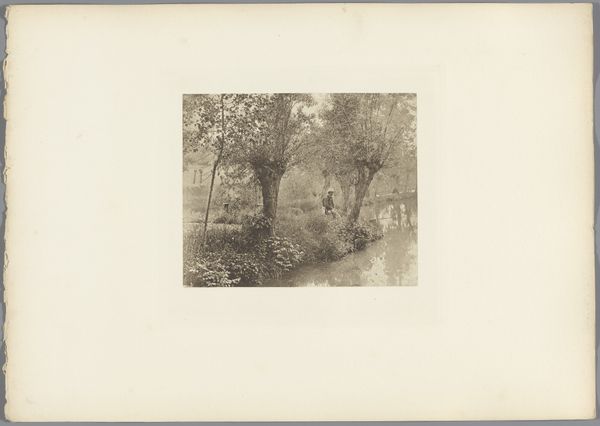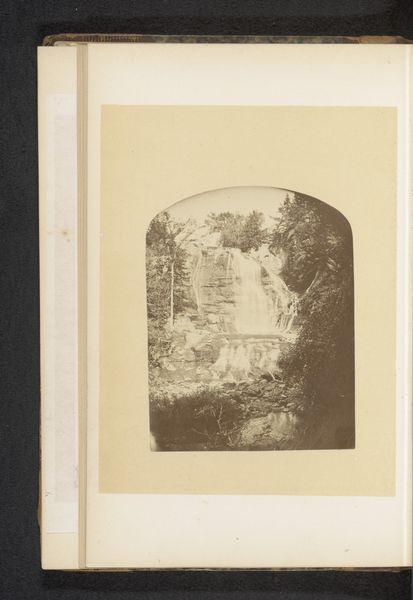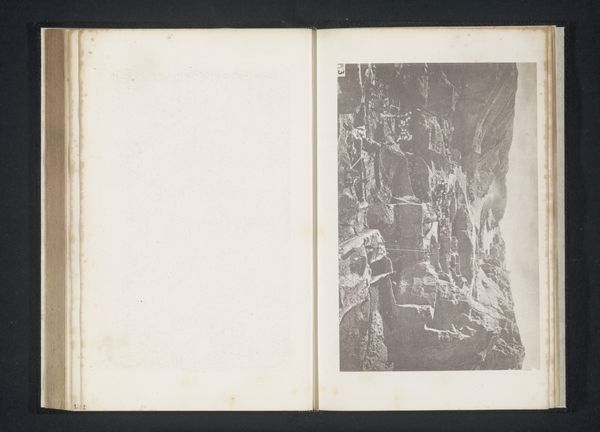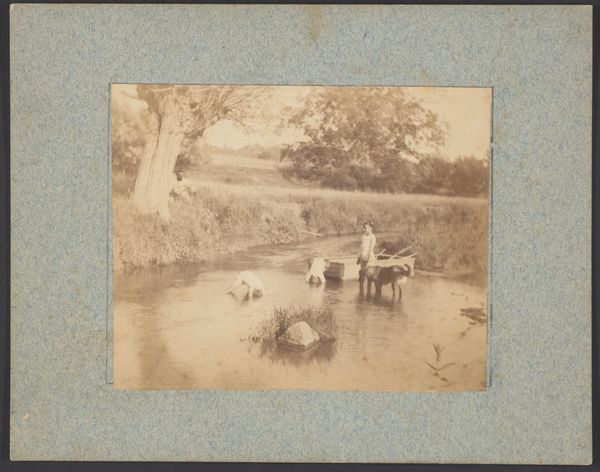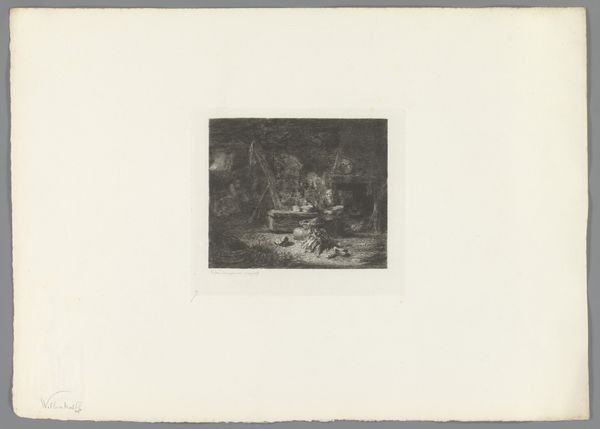
Fontein van Diana en Actaeon in de tuinen van het paleis van Caserta, Italië 1857 - 1914
0:00
0:00
Dimensions: height 307 mm, width 404 mm
Copyright: Rijks Museum: Open Domain
This photograph of the Fountain of Diana and Actaeon in the gardens of the Palace of Caserta in Italy was made by Giorgio Sommer. Looking at this image, we should remember photography's dependence on both scientific knowledge and the labor required to produce it. From the mid-19th century, the wet collodion process allowed for sharply detailed prints to be made. But this was by no means an automatic process. To prepare a plate, a photographer would need to be familiar with the properties of a variety of chemicals and darkroom techniques. And because the process was wet, it typically involved a portable darkroom to develop the plate on site. The result is a fascinating convergence of art, science, and commerce. Sommer was a master of this trade, catering to the booming tourist industry of the era. Images like this served not only as records but also as desirable souvenirs, contributing to the global circulation of imagery and the growth of visual culture. In doing so, it reminds us of the social and economic context that underpins the production and consumption of art.
Comments
No comments
Be the first to comment and join the conversation on the ultimate creative platform.
